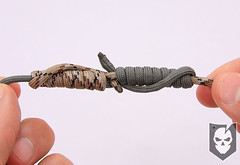 Our Knot of the Week series resumes this week with another fishing knot known as the Blood Knot.
Our Knot of the Week series resumes this week with another fishing knot known as the Blood Knot.
The Blood Knot is primarily used for joining two sections of monofilament line together, but as there are many ways to joint to lengths of line together, why choose this one?
The most common of these is the Double Fisherman’s Knot, which is a considerably strong knot and holds securely. In fact it’s stronger and more secure than the Blood Knot.
So why use the Blood Knot over the Double Fisherman’s Knot? Different diameters of line.
A good example of this is Fly Fishing, where you may have to create a fly-casting leader with smaller diameter line.
One thing to point out on this knot is to moisten it before carefully tightening as we’ve instructed below. This will help to not weaken the lines.
Tightening the knot too quickly can also weaken the lines.
We’re not sure how this will hold up with Saltwater monofilament, but for freshwater it does just fine.
Don’t use this knot for anything other than fishing. the Double Fisherman’s Knot works much better for joining rope, as the Blood Knot tends to pull apart.
Blood Knot » Bends
(Strength: 4/Secure: 4/Stability: 3/Difficulty: 3)
Please refer to our Knot of the Week introduction post for a description of what these ratings mean.
Uses:
- Joining small monofilament lines together
- Joining unequal diameter monofilament lines
Tying Instructions:
- Start with your two lines overlapping (around 12 – 14″ of length after the overlap)
- Make at least eight wraps with each working end
- Pull apart the middle-most wraps creating an eye
- One at a time bring one working end at a time through the eye in opposite directions
- Ensure that you have opposing directions on the working ends
- Moisten the knot
- Pull the working ends apart while you’re cinching up the wrapping on each end of the knot
- Trim off the excess working ends close to the knot
View the gallery or YouTube video below and follow along with the steps above!
[flickrset id=”72157622816910106″ thumbnail=”square” overlay=”true” size=”medium”]






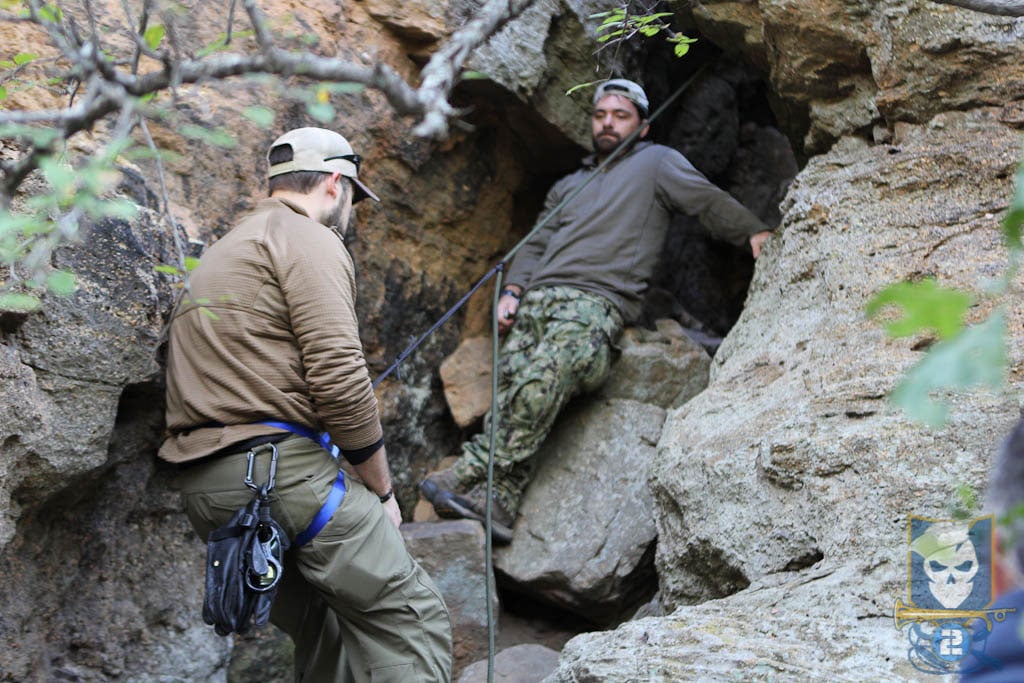
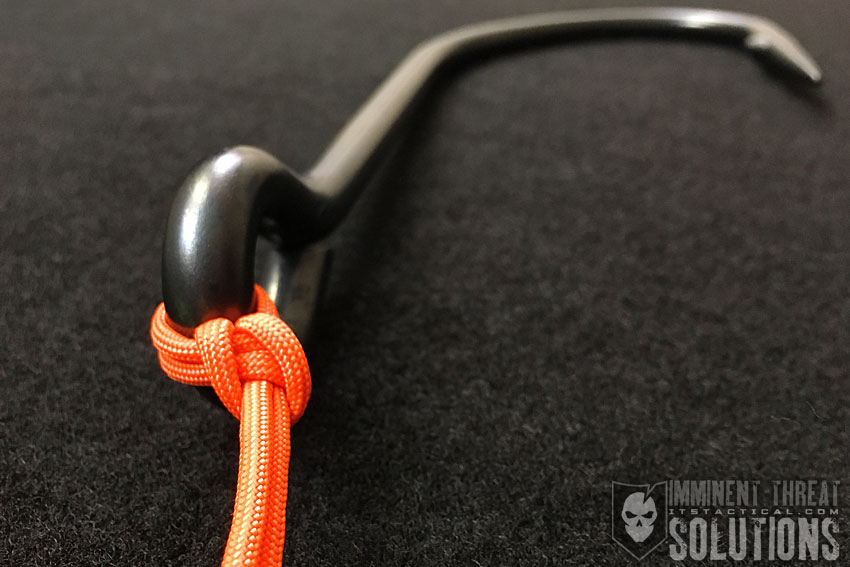
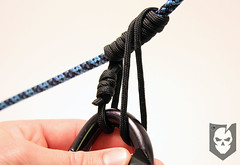
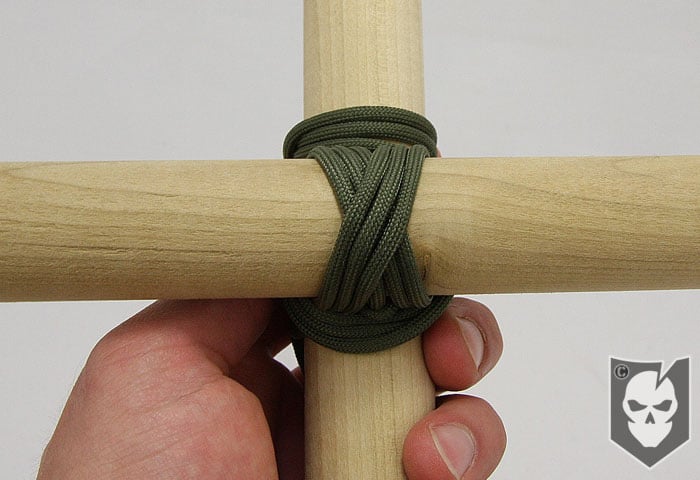

Discussion